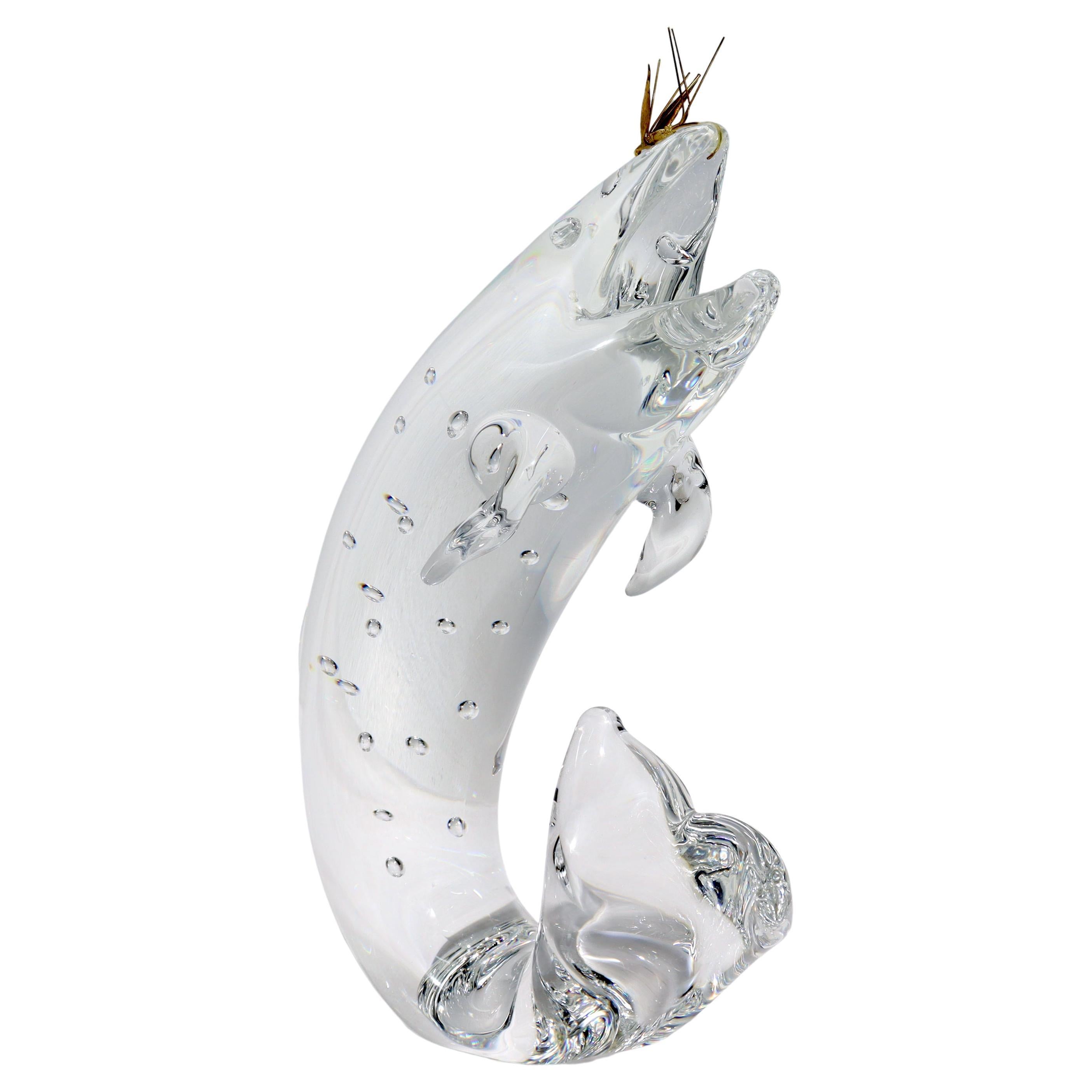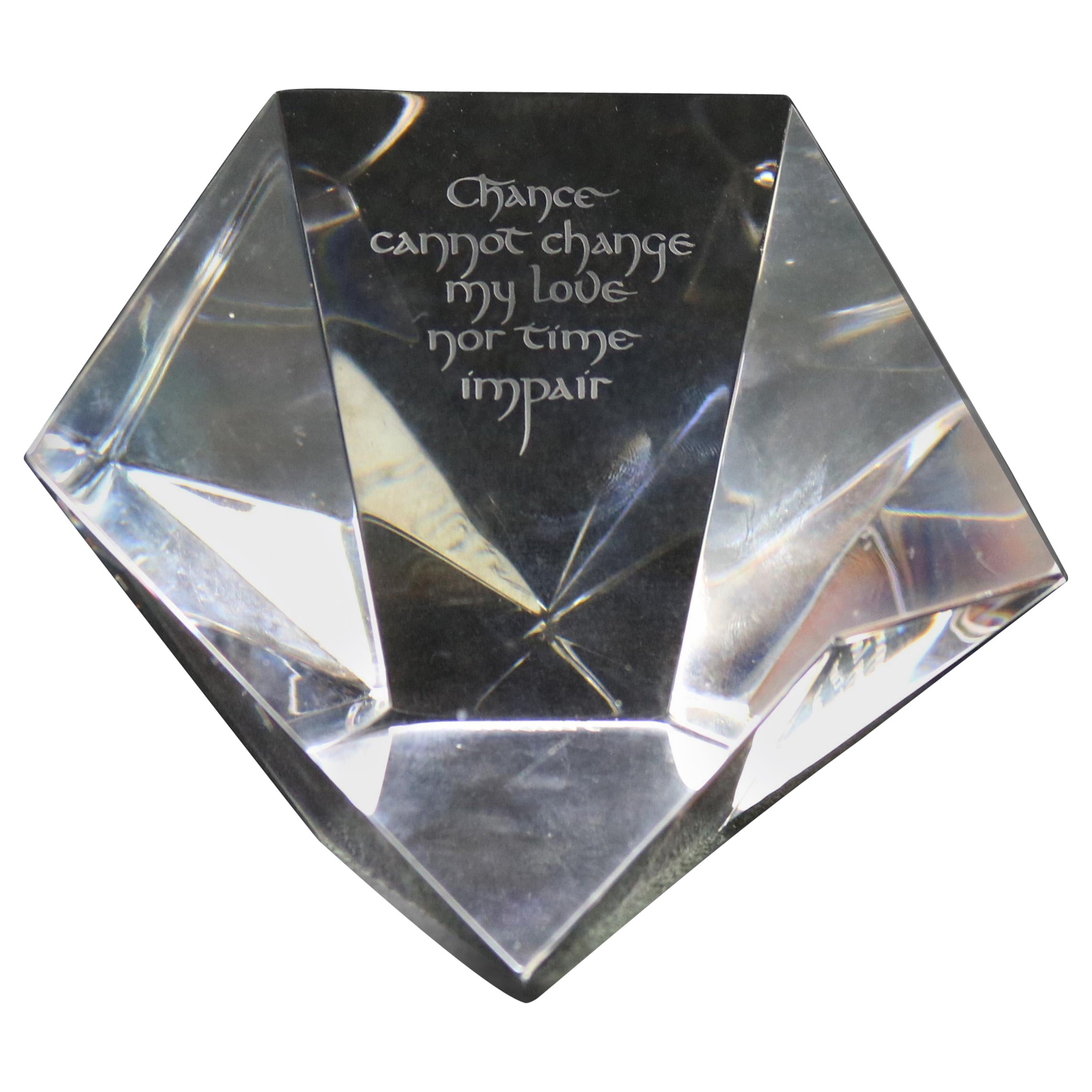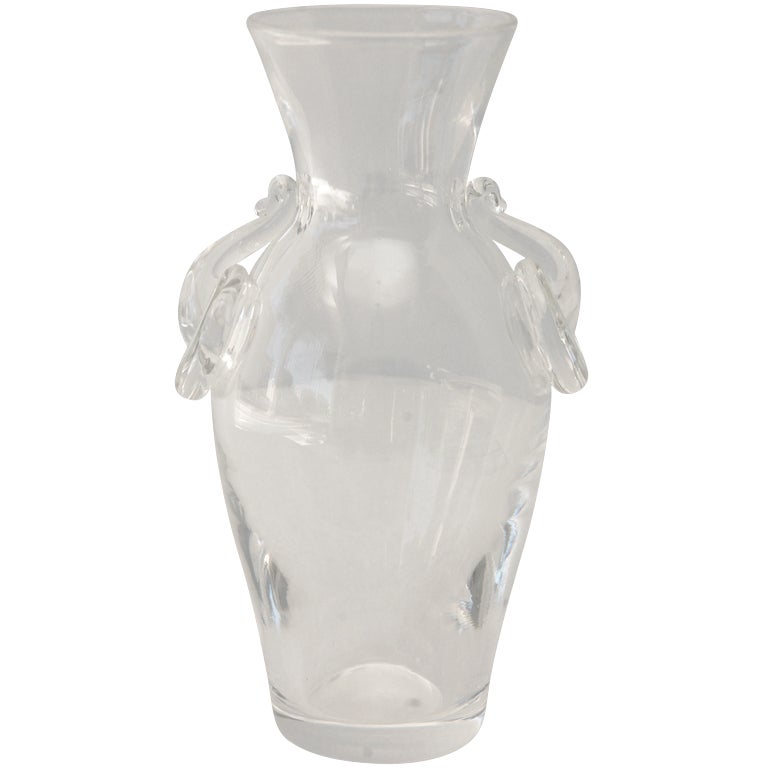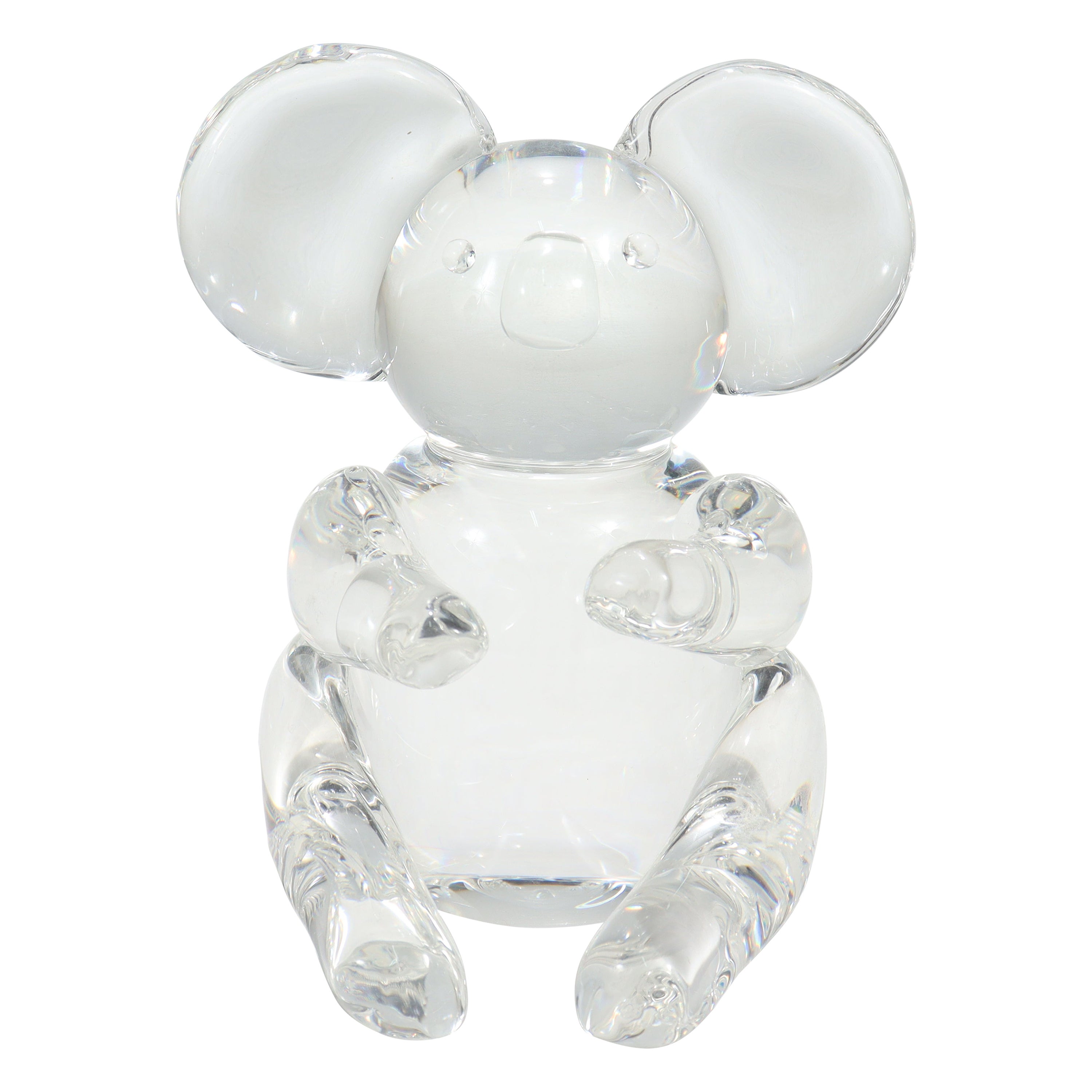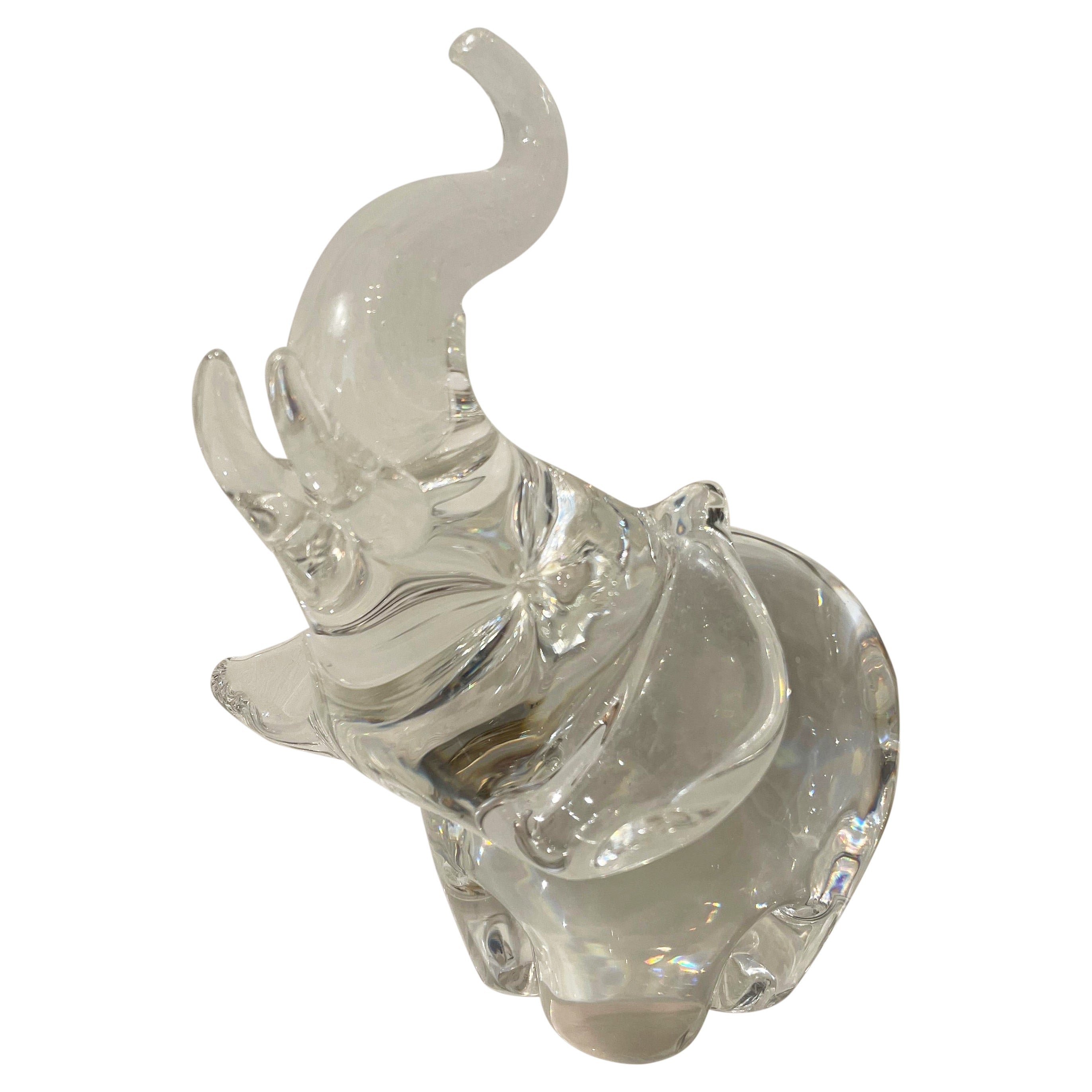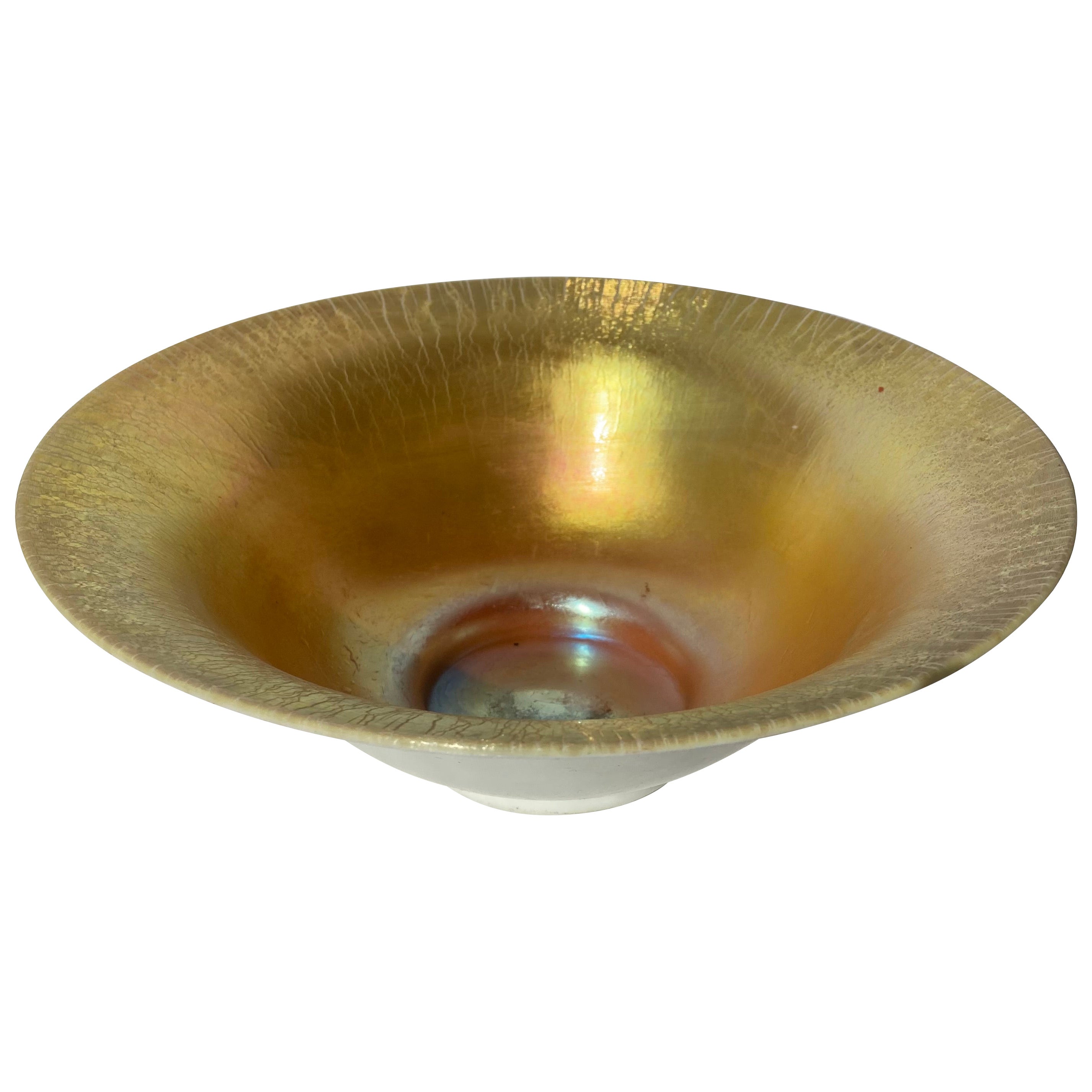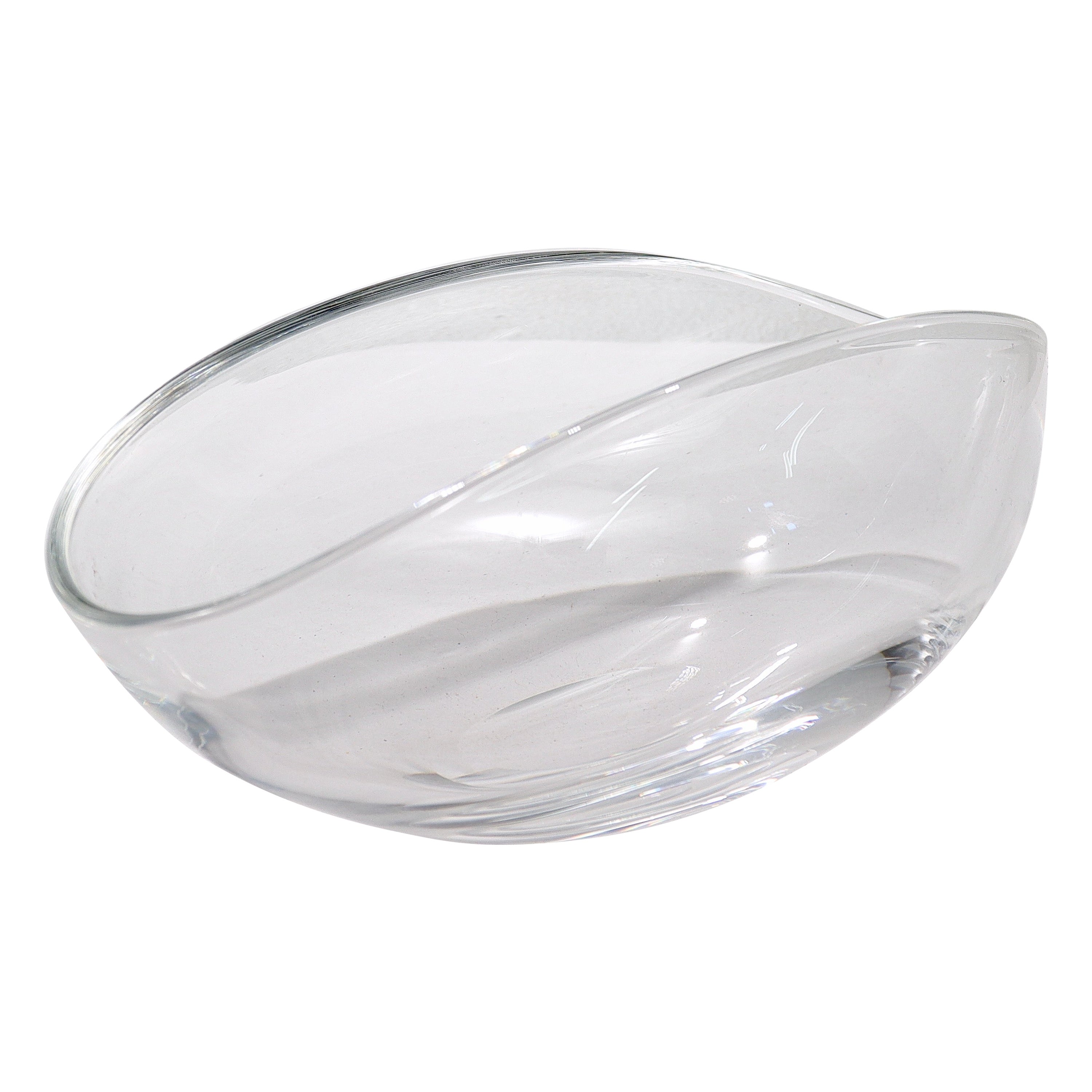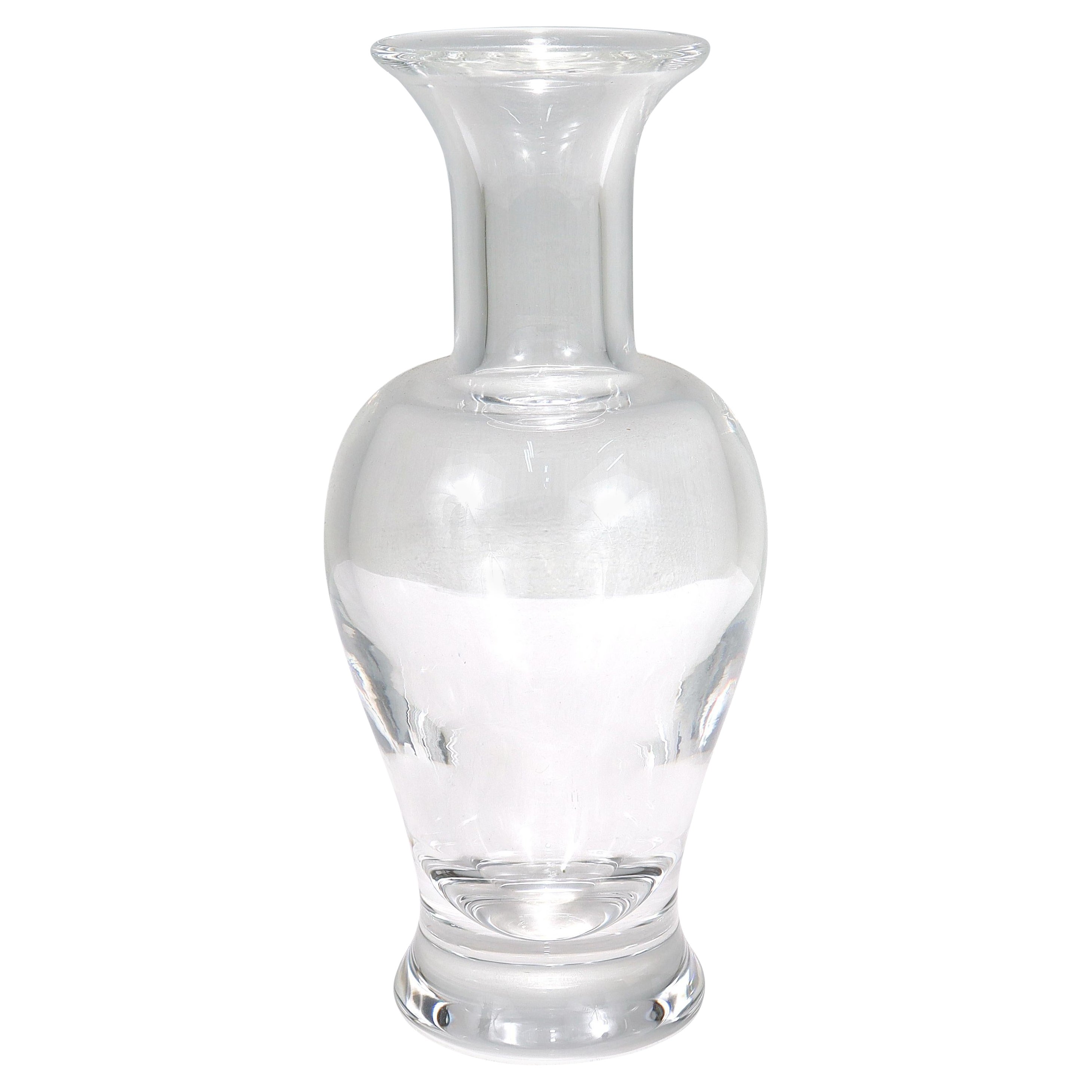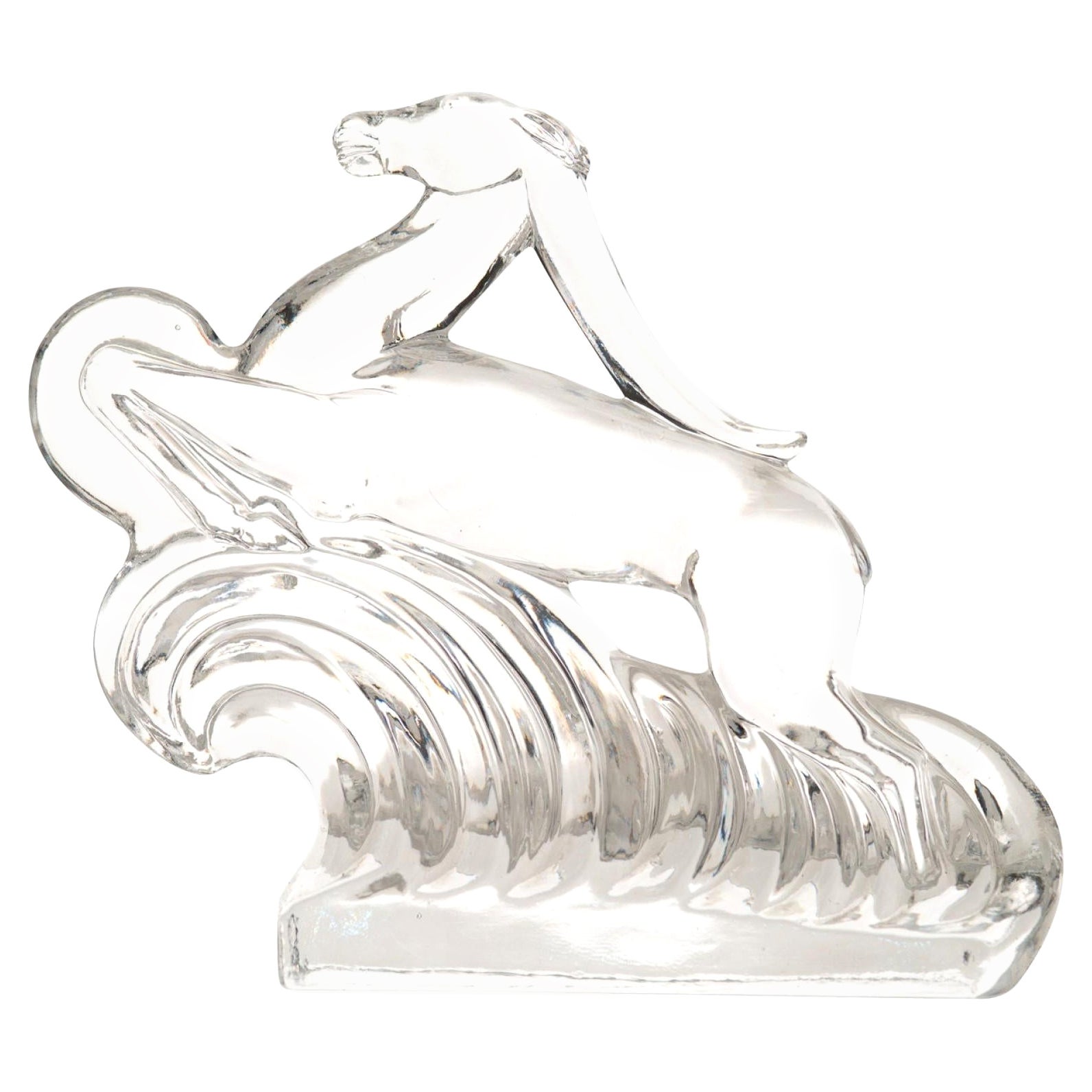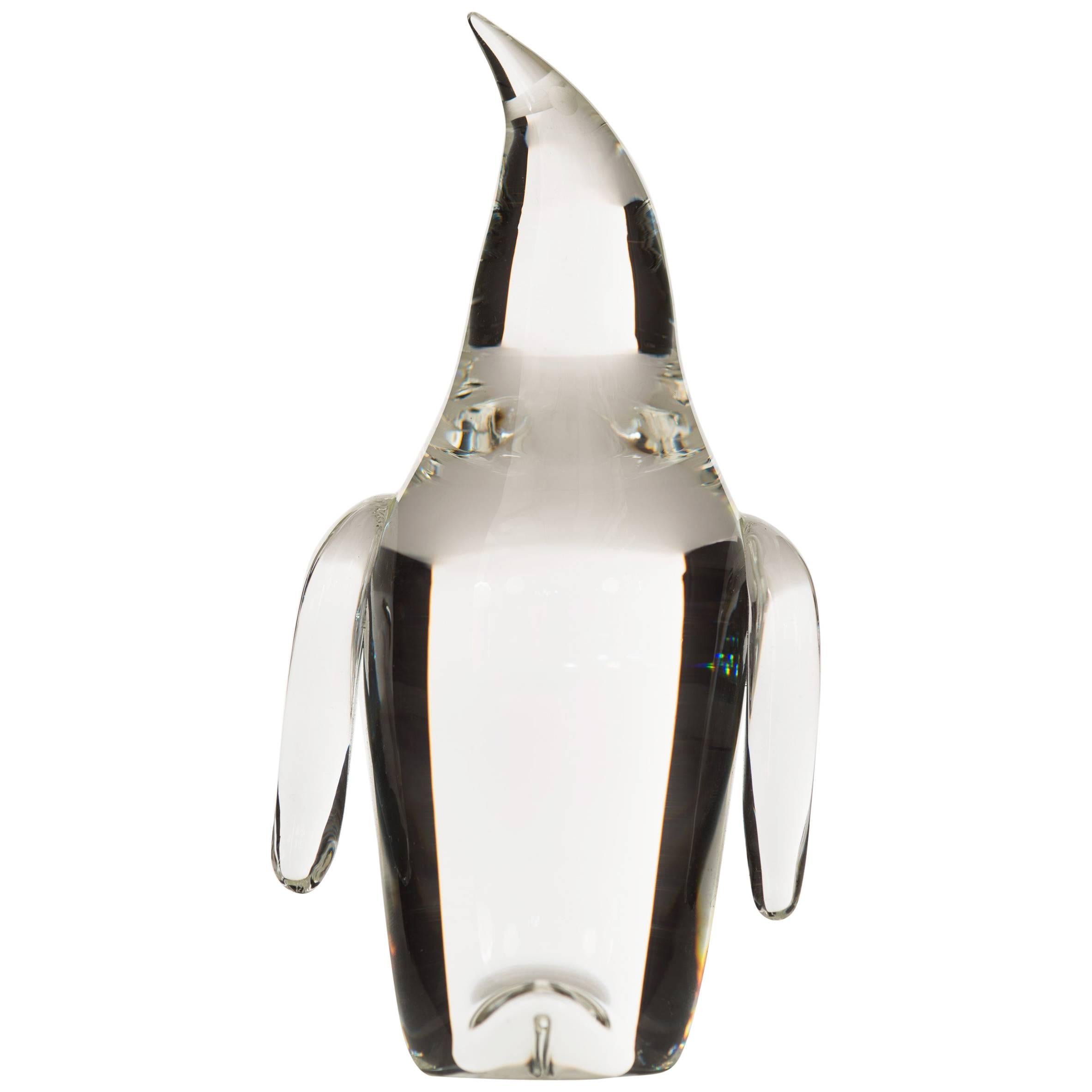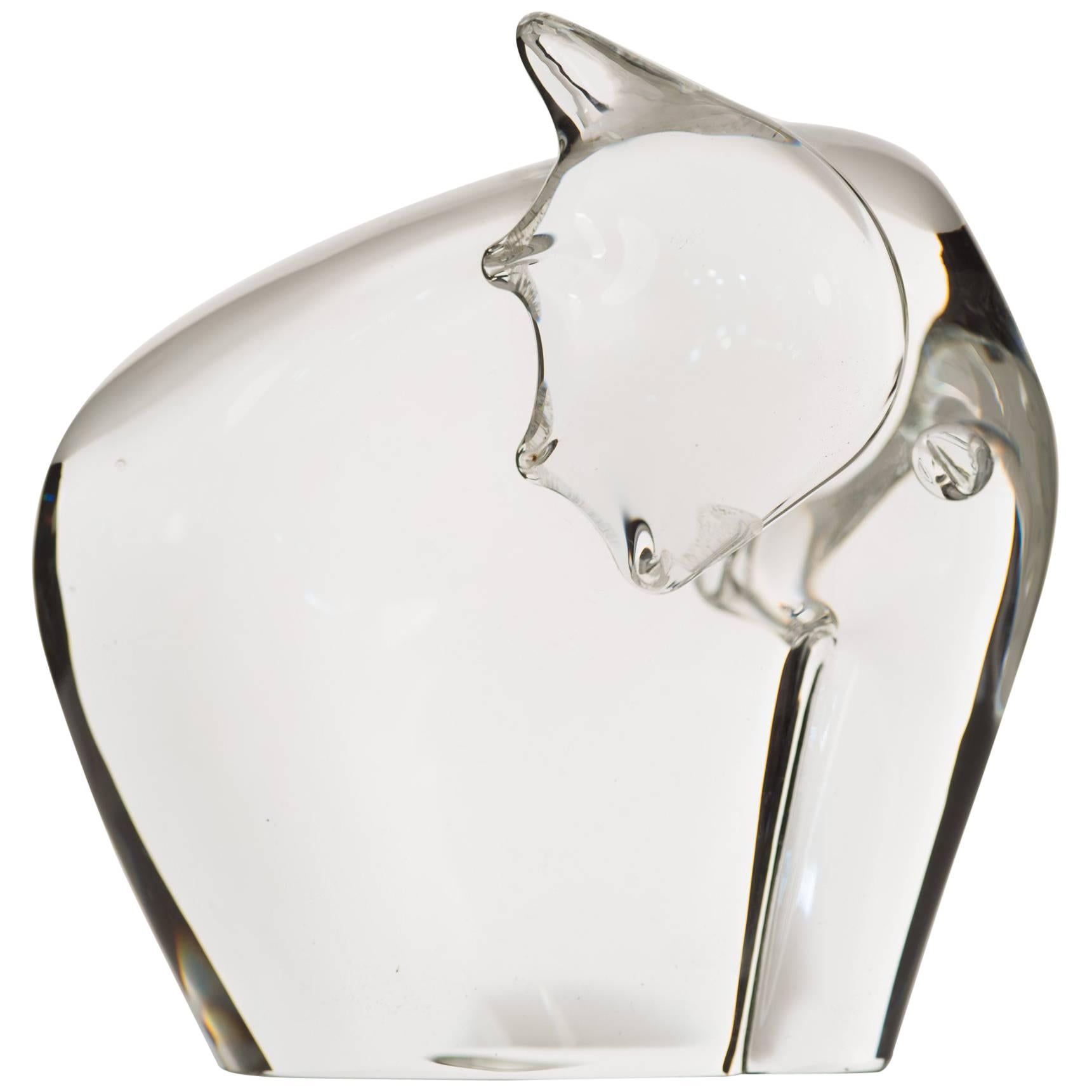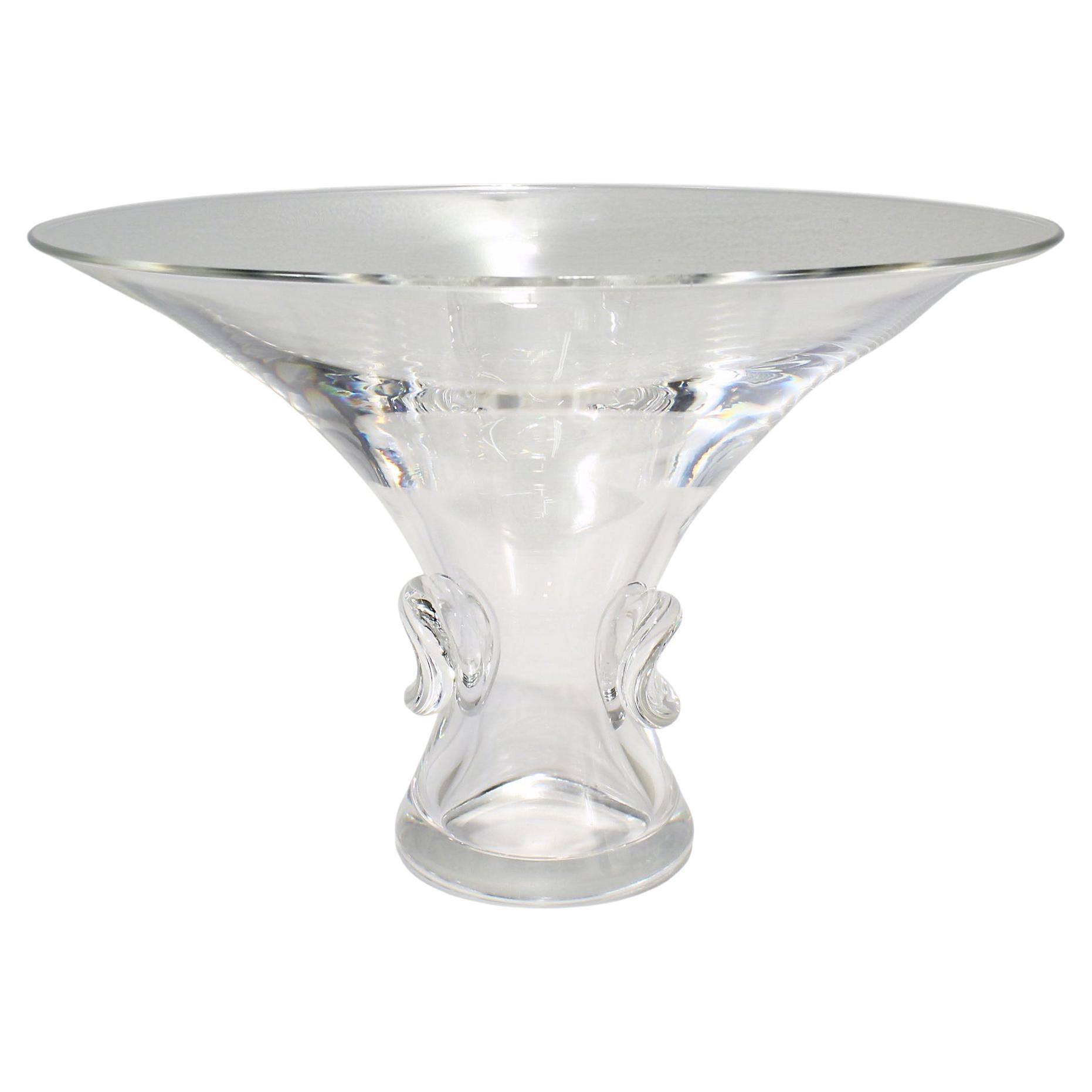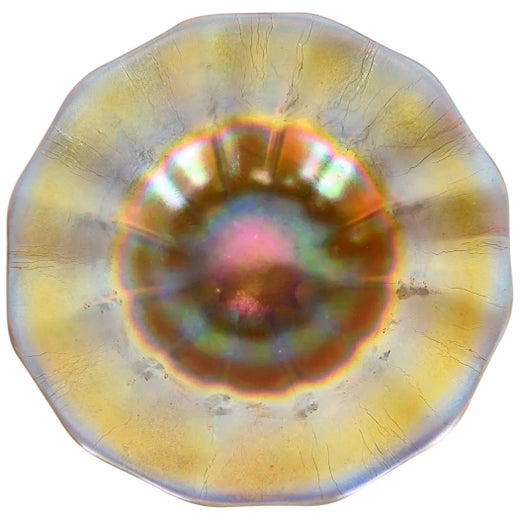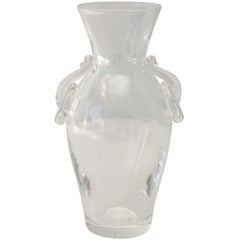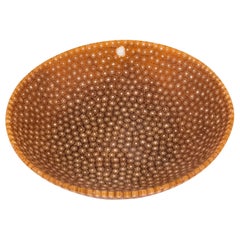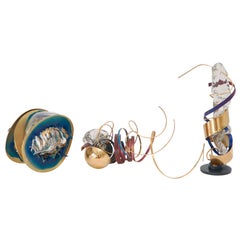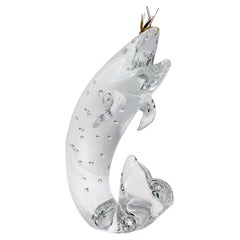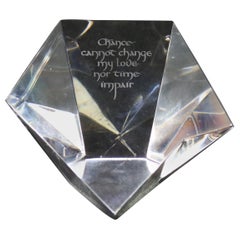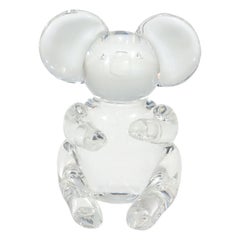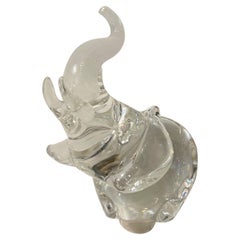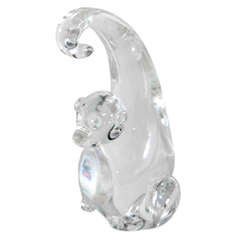
Monkey by Steuben Glass
View Similar Items
Monkey by Steuben Glass
About the Item
- Creator:Steuben Glass (Maker)
- Dimensions:Height: 6 in (15.24 cm)Width: 3 in (7.62 cm)Depth: 3.75 in (9.53 cm)
- Materials and Techniques:
- Place of Origin:
- Period:
- Date of Manufacture:1973
- Condition:
- Seller Location:Palm Desert, CA
- Reference Number:1stDibs: 13040579771965
Steuben Glass
Steuben Glass Works is the most illustrious name in American art glass. Its vividly colored Art Nouveau and Asian-style wares produced in the early 20th century as well as later modernist works rendered in flawlessly clear crystal are objects of striking beauty and delicacy.
The Steuben Glass Works was cofounded in 1903 in the town of Corning, New York, by Frederick Carder, an alum of celebrated British glassmaker Stevens & Williams and a self-taught English chemist and glassmaker. Carder was a restless experimenter, constantly creating new color formulas that resulted in a wide array of hues, from milky jades to his iridescent Aurene shades. A favorite Carder technique was to acid-etch decorative patterns into pieces made of glass layered in different colors. The forms of his vessels were relatively conservative. Most are based on classic Chinese pottery; many display the flowing, naturalistic lines of the Art Nouveau period.
The larger local firm Corning Glass acquired Steuben in 1918. The company’s approach to art glass changed radically in the early 1930s, when Corning chemists devised a new type of crystal known as 10M, with perfect clarity and brilliant refractive powers. Corning decided that, henceforth, all Steuben decorative objects, vases, sculptures and other wares would be made from the crystal.
Art glass was made in two formats: molded and polished abstract sculptures and figurines, or pieces for which artists used Steuben crystal as a sort of canvas. The first such artwork was sculptor Stanley Waugh’s 1935 Gazelle Bowl, a vessel etched with brawny Art Deco animal forms. In later years, Steuben would invite artists that included Henri Matisse, Georgia O’Keeffe and Isamu Noguchi to “paint” in the firm’s crystal.
Steuben glass comes in myriad forms and is available in a broad range of price points. Jewel-toned glasses and tableware from the Carder era include candlesticks marked at $300 and full dinner services for more than $10,000. Small crystal figurines bring around $1,000, while larger sculptures are priced in the neighborhood of $7,000.
Steuben glass, with its impeccable artistry and timeless grace, deserves a place in any collection.
Find antique Steuben glass and other furniture on 1stDibs.
More From This Seller
View AllVintage 1960s American Glass
Vintage 1980s Italian Mid-Century Modern Animal Sculptures
Murano Glass
Early 2000s Italian Classical Roman Glass
Glass, Blown Glass, Murano Glass, Art Glass
Late 20th Century American Sculptures
Brass, Metal
Vintage 1970s Italian Mid-Century Modern Abstract Sculptures
Glass
Late 20th Century Austrian Busts
Brass, Copper
You May Also Like
20th Century American Modern Animal Sculptures
Crystal, Gold
20th Century Figurative Sculptures
Glass
Late 20th Century American Modern Animal Sculptures
Art Glass
20th Century American Animal Sculptures
Art Glass
Early 20th Century Art Nouveau Glass
Glass
Late 20th Century American Modern Decorative Bowls
Art Glass
Recently Viewed
View AllRead More
In Dragonette’s New Palm Desert Digs, Great Design Springs Eternal
Since leaving Los Angeles, Patrick Dragonette is experiencing a new kind of creative freedom.
Why This L.A. Designer Prefers Soulful Sophistication over Snobbism
Mallery Roberts Morgan practices a singular brand of creative fluidity as a writer and a quietly influential interior designer.
